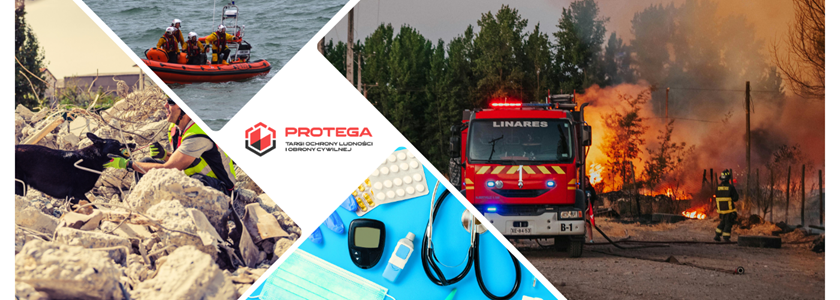Union Civil Protection Mechanism
The Union Civil Protection Mechanism (UCPM) is an international system for coordinating rescue and humanitarian aid established in 2001.
This mechanism enables international assistance when the scale or nature of a natural or man-made disaster exceeds the response capacity of the affected country. It serves as a tool for community-wide preparedness, prevention, and response to natural disasters and emergencies. Assistance under the mechanism includes deploying specialized rescue teams, known as modules, as well as providing material and expert support.
Actions carried out under the Union Civil Protection Mechanism may include:
- search and rescue operations
- forest fire suppression
- building fire suppression
- deployment of medical teams
- provision of medical equipment and medicines
- water purification
- provision of temporary shelter

All EU Member States participate in the mechanism, along with: Albania, Bosnia and Herzegovina, Montenegro, Iceland, North Macedonia, Norway, Serbia, Turkey, Moldova, and Ukraine.
Relief Efforts
The activation of assistance is contingent upon an official request from the country affected by the disaster. Any country in the world (not only those participating in the Mechanism), as well as eligible international organizations, may request support.
The operational center managing aid efforts is the Emergency Response Coordination Centre (ERCC), which monitors global situations 24/7 and coordinates the EU’s relief actions. In Poland, the National Headquarters of the State Fire Service serves as the contact point for the Union Civil Protection Mechanism.
EU Member States have voluntarily pledged European rescue resources that can be immediately deployed in response to disasters within and outside the EU. In 2019, the rescEU reserve was established, which includes, among other assets: a fleet of firefighting airplanes and helicopters, mobile hospitals, medical teams, laboratories, and resources for responding to chemical, biological, and radiological threats.

The mechanism has already been used in response to numerous crises — from the earthquake in Turkey and Syria, the COVID-19 pandemic, and wildfires, to aid efforts in Ukraine. New regulations adopted in 2021 and funding decisions made in 2023 have strengthened the mechanism’s capacity and prepared it to face future challenges.
Source: European Council



